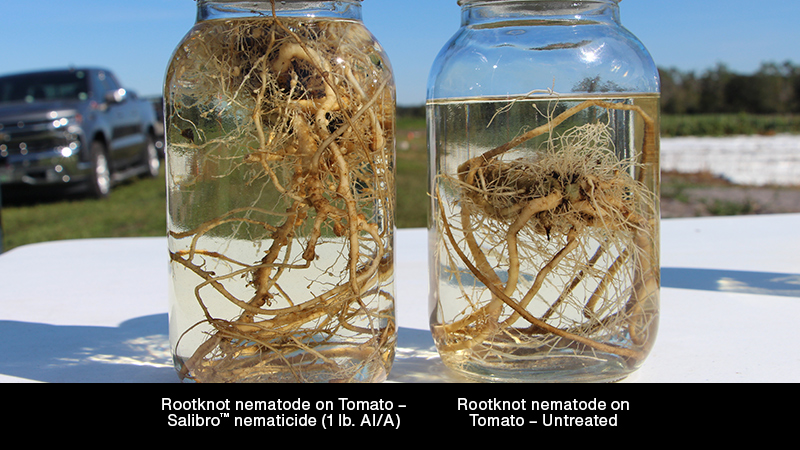10 Ways To Keep Your Farm Equipment in Top Shape
Growers often think of farm equipment maintenance with performance and longevity in mind, and rightly so. But, according to Serap Gorucu, an Agricultural and Biological Engineer with UF/IFAS, equipment upkeep plays an important role in farm safety.
The act of being mindful about farm equipment maintenance helps growers and workers to slow down and avoid potentially careless mistakes that could result in injury or harm. And avoiding equipment downtime helps growers avoid getting into too big a hurry trying to make up for lost time, which is a recipe for mishaps.
“Equipment maintenance is important for the safety of the machine operator and the people who are around the equipment or vehicle,” Gorucu says. “Another important aspect of equipment safety is the productivity of the work. Farmers usually compete with time in which there is a specific time that things need to be done. So it is important to keep the equipment and vehicles maintained and reliable to get the work done in a timely manner. Nobody wants to have unexpected downtime due to a lack of maintenance.”
Check This, Check That
Gorucu notes that an equipment checklist will depend on the type of equipment being used, its age, and condition.
“I recommend creating a checklist for each piece of equipment and trying to follow it every time before usage,” she says. “This is especially important when the machinery or equipment is used by multiple users. We do not want to rely on people’s experience. Having a checklist and following correct procedures for inspection, cleaning, and repairing help us not to forget anything.”
In general, every time an operator uses a piece of equipment, he or she should do the following.
- Walk around the machinery.
- Check the engine oil to make sure there is enough oil.
- Check the coolant, fuel, and other fluid levels.
- Check for any leaks from the hydraulic system, hoses, or any other damage.
- Check the tires to make sure the tire pressure is correct and to ensure there is no damage, cuts, or breaks.
- The steps/handholds should be clean to prevent slipping and falling.
- Make sure all the lights, turn signals and flashers, and backup sound alarms are working properly and visible to others.
- Markings like the slow-moving vehicle (SMV) sign should be visible and not dirty. This is especially important when using the vehicle on roadways.
- Make sure all the controls and parts are working properly. Ensure all safety shields and guards are in place.
- Ensure safety belts are working properly and use them while in operation.
Be Proactive
Gorucu says proactive maintenance is the best measure an operator can take to keep equipment moving smoothly and safely. Often, proactive measures for equipment like tractors are based on manufacturer’s recommendations for hours of usage.
“For example, for a tractor, it could be recommended that engine oil be changed every 200 hours,” she says. “Because of wear and tear, some equipment parts need to be replaced after a certain number of hours in use. By replacing them as a part of a preventive maintenance schedule, the risk of having equipment not working properly when it is needed will be reduced or eliminated.”










